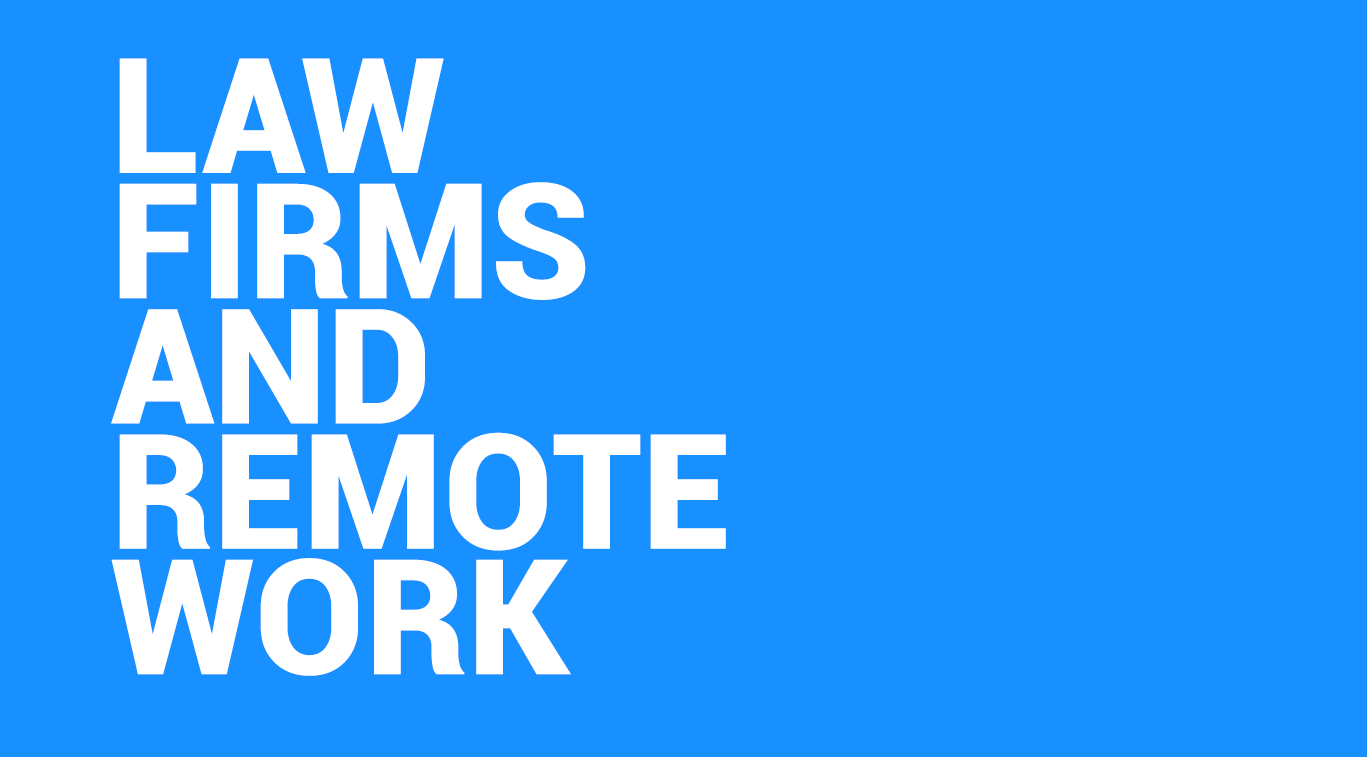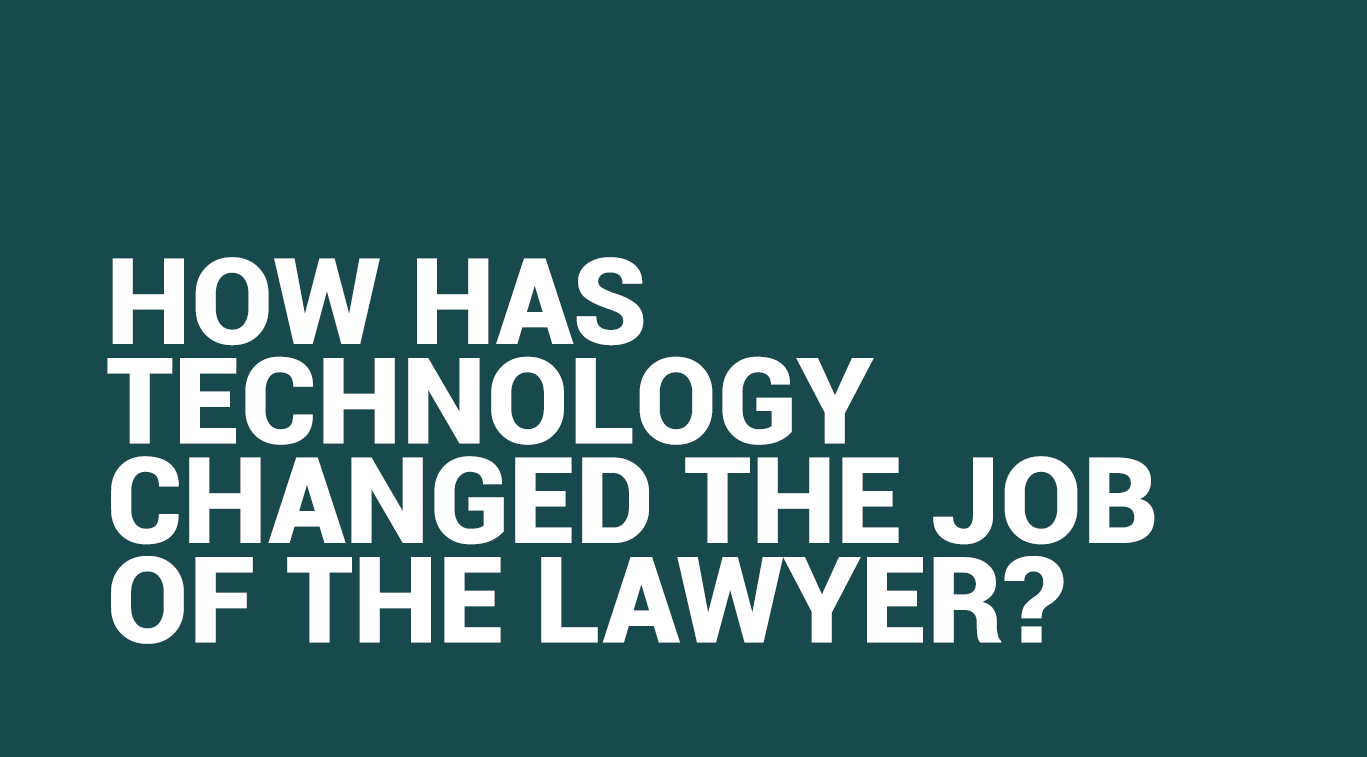Patent Analytics, Blockchain & IPR Management Software

Written by Maryam Khan
Blogger

Along with advancements in technology, artificial intelligence has made automation and data analytics a crucial component in patent litigation and the protection of intellectual property rights. In today’s increasingly competitive legal market, intellectual property lawyers face many challenges in terms of competition and rising costs. Therefore, it is essential for law firms to leverage intellectual property management systems.
What is Intellectual Property (IP) Management Software?
Intellectual property management software is used by law firms and businesses to manage, organise and protect ideas, inventions, patents, copyrights, trademarks, design rights and other intellectual property [1]. Using software allows law firms to streamline the patent drafting process, ensure confidentiality, greater security, easier collaboration and greater confidentiality when discussing potential ideas with clients.
Key Features of Intellectual Property Management Software
When choosing to invest in an IP management software or looking to upgrade your law firm’s current one, lawyers should prioritise access to the following features:
Invention Disclosure Forms
An invention disclosure form is for invention contributors to provide their lawyers with the required information to document and evaluate an invention for potential patenting [2]. It is essential to have a simple, practical and engaging idea submission form that captures the necessary details about the invention. It requires the innovator to describe the problem, solution, and the enhanced features over existing solutions.
Collaborative Functionality
Features such as simultaneously editing the same document or form with each change being individually tracked is a huge convenience as a version history can be maintained. For example, suppose a client, solicitor and associate are discussing a potential idea. In that case, each party can edit the same piece of text within the software with their thoughts and inputs. Each comment is tracked, and time is saved as there is no need to manually take and edit notes.
Role-Based Access
A strategic patent portfolio with role-based access is essential to ensure data confidentiality. Through role-based access, only specific information is accessible to the employee using the software for the purpose of their work. Therefore, confidential information is only accessible to people authorised to access it. No other team member can access any other information through the software. This is an extremely important feature due to the collaborative nature of law firms. When working on a project involving different legal teams, only the right people need to access specific information on a particular project.
Patent Data Analytics
Patent data analysis refers to statistical, analytical and comparative methods used to examine the information contained in a patent document [3]. These quality insights can help law firms during all stages of a patent lifecycle ranging from maintenance, litigation or procurement. The advantages that analytics offer are multifold, ranging from identifying whitespaces that could be strategically captured via patenting to identifying potential patents that could be licenced to distinguishing poor quality patents that could be discarded to save millions in maintenance costs [4]. A good patent data analytics tool highlights a law firm’s granted, abandoned and pending patent applications and computes an overall average allowance rate for that firm to attract new clients and build stronger relationships with existing ones [5]. Additionally, having access to quick insights from patent data allows lawyers to engage with clients and develop stronger communication actively.
Smart IP Rights/Blockchain-Based IP Register
Incorporating blockchain into intellectual property rights management and making a record of IP rights in a distributed ledger instead of a traditional database effectively turns them into ‘smart IP rights’ [6]. This offers a centralised solution that creates an immutable record of events throughout the lifecycle of a registered IP right. There is an organised record of when a trademark was first applied for, rejected and used in trade or when an intellectual property right was licensed or assigned. Having a centralised solution resolves the impracticalities associated with manually collating, storing and providing such information when required.
Automated Patent Drafting
Patent drafting is automated using artificial intelligence and natural language processing. Patent drafting software automates the mechanical aspects of patent drafting, enabling lawyers to save time and focus on higher-value tasks [7]. Through automated patent drafting, law firms can significantly reduce their drafting time, allowing them to increase their output and generate higher profits. Such software also automatically flags errors and makes editing documents easier and free of mistakes.
Data Visualisation
Intellectual property management systems store volumes of data regardless of the size of your IP portfolio. Going through all this data can be extremely inconvenient and difficult to process. Therefore, an intellectual property management system with multiple data visualisations is essential. Through data visualization, information is presented in a clear way which is easy to comprehend [8].
What are the benefits?
Increased Efficiency & Time Management
While law firms are looking to reduce their costs, clients are expecting greater value for money which is why efficiency by way of process automation is crucial for a law firm to succeed. Intellectual Property management software has gone beyond simple docketing and task management as the whole patent drafting process has become automated [9]. The entire process has become more streamlined, significantly reducing the amount of time spent by intellectual property lawyers on data entry and drafting. Through optical character recognition and natural language processing -which is embedded in such software to automate the patent prosecution process, lawyers can allocate their time from administrative tasks to more substantive ones requiring legal expertise.
The automated drafting tools and collaboration features within such management software allow lawyers to draft a higher number of better quality applications whilst reducing the risk of any human error throughout the drafting process. Lastly, compliance features within intellectual property management systems allow lawyers to keep track of patent due dates, stay informed with changing IP legislation, comply with global IP developments, ensure timely payments and accurately forecast the cost of maintaining a particular intellectual property right.
Improved Data Access and Accuracy
Intellectual property management systems have multiple features, including patent analytics and blockchain-based IP register, making data easily accessible for lawyers. Having access to organised, high-quality data allows meeting compliance requirements, conducting intellectual property right audits and due diligence to be efficiently carried out [10]. Moreover, the insights developed through patent analytics can be used by lawyers to develop their business to understand which patent strategies are working for them and identify more efficient ways to reduce costs and increase the quality of services provided.
Improved Anti-Counterfeiting Process
A blockchain-based intellectual property register clearly highlights intellectual property rights, and licensee ownership allows lawyers to easily validate a genuine product and distinguish it from a fake [11]. As all the details regarding when and where the product is manufactured are recorded and how the raw materials are sourced, it becomes easier to verify the authenticity of a product through blockchain-based solutions. This process results in greater convenience when providing confidence to businesses, authorities and regulatory bodies.
Increase in Client Retention & Engagement
Patent analytics tools provide insights such as a law firm’s average pendency and overall allowance rate. Law firms can leverage these statistics to attract new clients and gain a competitive edge over their competitors. Clients that have intellectual property driven businesses invest time and money in pursuing patent protection only when the cost-benefit analysis indicates that it is in their financial interest to do so [12]. Therefore, the longer patent prosecution takes, the more costly it is for the client. As a result, clients are more likely to opt for a law firm that can demonstrate a good track record of getting from filing to allowance quicker than their competitors. Additionally, many small to medium-sized technology clients often heavily rely on external counsel for advice on their overall intellectual property strategy, as they do not have internal intellectual property research capabilities. Therefore, law firms with the right software to detect infringement, monitor competitor information, study trends, gather important facts and track recent activity have a competitive edge and offer better client service.
Improved Decision Making in Patent Litigation
Litigation is a crucial phase that is of great importance for lawyers throughout the lifecycle of a patent. While it is common to use technological tools and software to conduct infringement searches, lawyers can also leverage patent analytics during the litigation process. Adopting a data-driven approach during the litigation process allows law firms to develop insights into the behaviour of their defendant, the opposing party and the courts which helps assist in their decision making [13]. As public records are easily available, it has become common for law firms to take actions based on insights derived from the study of patents and other available legal information.
Increased Data Security
An intellectual property management system provides a central location for IP assets and securely stores and categorises them [14]. Having this added security enables trust in client relationships and makes processes more efficient as there are fewer numbers of errors and mismanagement of information. Cloud-based intellectual property storage offers a centralised solution in a secure, compliant and audited data center [15].
What Does the Future Hold for IPR Technology?
The development of AI will improve the IP practices during the next decade by assessing the value of IPRs, evaluating the performance of patent prosecution with the help of algorithms, improving predictability and cutting costs for IPR owners [16]. Algorithms can also be ‘trained’ to analyse and manage IP portfolios, making them more cost-efficient and error-free. This is especially true in patent prosecution and filing, where the costs are traditionally higher [17].
Integrating technology into intellectual property management is expected to become a norm in the next few years. While automation and intellectual property management systems take up significantly less time to complete tasks than a lawyer, such technology still does not have the potential to replace the role of intellectual property lawyers. This technology integration simply increases a lawyer’s value and redirects them towards more complex tasks that require their expertise and cannot be automated.
Final Words
Law firms that have quick access to intellectual property rights’ insights can answer specific questions and offer tailored solutions at a much faster rate compared to their competitors that have not invested in intellectual property software or blockchain-based IP solutions. Investment in such tools gives law firms a competitive edge in their daily practice allowing them to build on their reputation, retain and attract new clients and offer high-quality legal services.
References
[1]G2, ‘Best Intellectual Property Management Software’ at https://www.g2.com/categories/intellectual-property-management
[2] Thomson Reuters, Practical Law, ‘Confidential invention Disclosure Form by Practical Law Intellectual Property & Technology at https://uk.practicallaw.thomsonreuters.com/w-004-3913?transitionType=Default&contextData=(sc.Default)
[3] Ju Sheau-Pyng, Lai Ming-Fong, Fan Chin-Yuan, ‘Using Patent Analysis to Analyze the Technological Developments of Virtualization’, Procedia – Social and Behavioural Sciences 57 (2012) 146-154) athttps://pdf.sciencedirectassets.com
[4] A.Chopra, ‘‘Patent Analytics – A Tool That Can Help IP Law Firms Win More Clients’, IP Leaders (2016) at https://blog.ipleaders.in/patent-analytics-tool-can-help-ip-law-firms-win-clients/
[5] Lexis Nexis, ‘5 Ways To Use Patent Data Analytics To Boost Business Development’ (2019) at https://www.lexisnexisip.com/knowledge-center/patent-data-analytics-five-ways/
[6] Talking Tech, ‘Blockchain and its Application in the Field of IP – Smart Contracts and IPR Management’, Clifford Chance at https://talkingtech.cliffordchance.com/en/emerging-technologies/blockchain—distributed-ledger-technology/blockchain-and-its-application-in-the-field-of-ip.html
[7] Patent Pal, ‘Automate Patent Drafting Using Natural Language Processing’ athttps://patentpal.com/
[8] Dennemeyer Group, ‘What Are The Top Features of A Good IP Management System, (2019) at https://www.dennemeyer.com/ip-blog/news/what-are-the-top-features-of-a-good-ip-management-system/
[9] A.Letts, ‘Top 3 Ways Legal Tech is Improving IP Management’, IP Watchdog (2017) at https://www.ipwatchdog.com/2017/04/19/top-3-ways-legal-tech-improving-ip-management/id=81951/
[10] B. Clark, Baker McKenzie, ‘Blockchain and IP Law: A Match made in Crypto Heaven?’, WIPO Magazine at https://www.wipo.int/wipo_magazine/en/2018/01/article_0005.html
[11] Ibid
[12] Ibid (5)
[13] A. Chopra, ‘Patent Analytics – a tool that can help law firms win more clients’ (2016) at https://www.linkedin.com/pulse/patent-analytics-tool-can-help-law-firms-win-more-clients-chopra/?articleId=8548919815827856276
[14] M.Troyer, ‘Five Top Reasons To Implement IP Practice Management Systems’ (2017) at https://www.legalitprofessionals.com/legal-it-columns/65-guest-columns/9703-five-top-reasons-to-implement-ip-practice-management-systems
[15] Ibid
[16] C. Levitt, ‘The Future of IP: Top 10 Changes To Expect in the Next Decade’, IP Blog athttps://www.dennemeyer.com/ip-blog/news/the-future-of-ip-top-10-changes-to-expect-in-the-next-decade/
[17] Ibid








